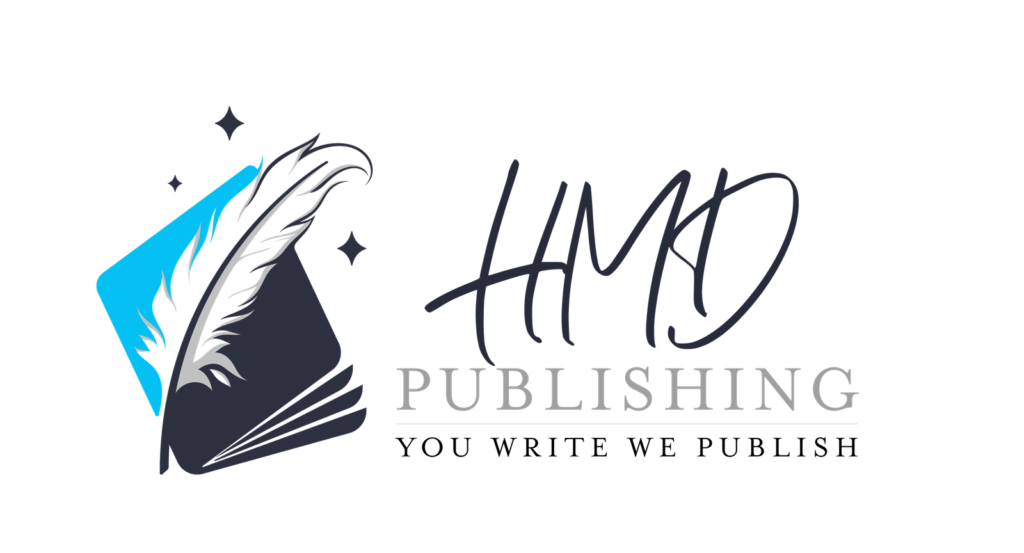In the competitive world of publishing, your book cover is your most powerful marketing tool. According to industry statistics, readers typically spend less than 7 seconds deciding whether to explore a book further—making your book cover design the critical first impression that determines if someone becomes your reader.
Why Book Cover Design Matters
When browsing online or in bookstores, readers encounter hundreds of options. Your book cover design must immediately communicate several critical elements all at once: the genre and content, tone and mood, professionalism and quality, and your book’s unique selling proposition. Studies show that professional book cover design books often highlight how quality design can increase sales by up to 50% compared to amateur covers in the same genre. This is why successful authors consider cover design an investment rather than an expense.

Key Elements of Effective Book Cover Design
Creating a cover that sells requires understanding several fundamental design principles that book design books consistently emphasize.
Typography is perhaps the most critical element—font selection and text placement dramatically impact readability and genre association. The right typography can convey everything from romance to horror at a glance, often becoming the defining feature of memorable covers.
Color psychology also plays a vital role, as colors evoke specific emotions and set reader expectations. Understanding color theory isn’t just about aesthetics; it’s essential for communicating your book’s tone and helping it stand out in a crowded marketplace.
Imagery and symbolism must resonate with your target audience while accurately representing your content. The most effective covers often use visual metaphors that capture the book’s essence without being overly literal. Meanwhile, thoughtful composition and hierarchy guide the reader’s eye and establish importance among the various elements.
For series authors, branding consistency creates recognition and encourages additional purchases. Readers should be able to identify your books from across a bookstore by their distinctive visual style.
The fundamentals taught in graphic design books apply directly to book covers, though with special considerations unique to the publishing market.
See our portfolio of award-winning book cover designs.

Book Cover Design Ideas That Stand Out
Looking for inspiration? Several approaches consistently help books stand out in today’s competitive market. Minimalist designs with bold typography have gained popularity across many genres, offering clean, impactful visuals that communicate clearly at thumbnail size. Illustrated covers with custom artwork create unique appeal that can’t be replicated, while photographic covers with distinctive treatments offer realism with artistic flair. Some of the most memorable covers use typography-only designs with creative text arrangements, letting the title itself become the visual centerpiece. For authors writing series, designs with strong branding elements create cohesion and encourage readers to collect the full set.
These book cover design ideas work across genres while allowing for personalization to your specific book. The key challenge lies in ensuring your cover stands out while still meeting genre expectations—a delicate balance that professional designers understand through their experience with market trends and reader psychology.
Genre-Specific Design Considerations
Each genre has unwritten rules that signal to readers what to expect:
- Romance: Often features couples, elegant typography, and warm color palettes
- Thriller: Typically uses dark colors, bold fonts, and suspenseful imagery
- Fantasy: Frequently includes illustrated elements, distinctive symbols, and dramatic lighting
- Non-fiction: Usually employs clean layouts, authoritative fonts, and relevant imagery
When examining best design books in your genre, look for these patterns while seeking opportunities for distinctive elements that will help your book stand out.
Get genre-specific design expertise for your book project.

Interior Book Design: The Complete Package
While covers attract initial attention, interior book design determines whether readers enjoy the reading experience. Professional interior design books emphasize:
- Typography that enhances readability
- Consistent heading hierarchies
- Appropriate margins and line spacing
- Special treatment for quotes, tables, and images
- Chapter opening designs that complement the cover
The book interior design should feel invisible to readers while enhancing their experience. Poor interior design frustrates readers and leads to negative reviews, even when content is strong.
Best interior design books recommend ensuring consistency throughout your publication. Your cover promises a certain experience, and your interior design must deliver on that promise.
Ensure a professional reading experience with our interior formatting services.
DIY vs. Professional Design Services
Many authors wonder if they should design their own covers or hire professionals. Consider:
DIY Approach
- Low initial cost
- Complete creative control
- Requires significant learning curve
- Results often appear amateur to experienced readers
Professional Design
- Initial investment
- Expert guidance and market knowledge
- Professional-quality results
- Significantly higher perceived value
While some authors successfully create their own covers using principles from design books, professional designers bring market expertise and technical skills that typically deliver superior results.
Discuss your project with our experienced book designers.
Preparing for Your Design Project
Whether working with a professional or designing yourself, preparation is essential:
- Research competitors – Analyze successful books in your genre
- Collect inspiration – Create a mood board of covers you admire
- Identify key themes – List important symbols or imagery from your book
- Define your audience – Understand who you’re trying to attract
- Prepare your materials – Gather your title, subtitle, author name, and brief description
Many graphic design book professionals recommend this preparation process to ensure your cover accurately represents your work while appealing to your target audience.
Finding Inspiration from Design Books
For authors interested in understanding design principles deeper, these categories of reference materials can help:
- Book design book collections showcasing excellent examples
- Graphic design books explaining fundamental principles
- Human design book resources on designing for user experience
- Interior design books with layout and typography guidance
- Designer books showcasing portfolio work from leading professionals
While these resources won’t replace professional experience, they can help you communicate more effectively with designers and make informed decisions about your project.
Conclusion
Your book cover is an essential marketing tool that determines whether potential readers explore your content further. Whether you choose DIY design or professional services, understanding the principles of effective book cover design gives your book the best chance for success in a competitive market.
Remember that your cover isn’t just art—it’s a strategic sales tool designed to attract your ideal readers and communicate your book’s value proposition at a glance.
Ready to create a cover that sells? Contact our design team today.




